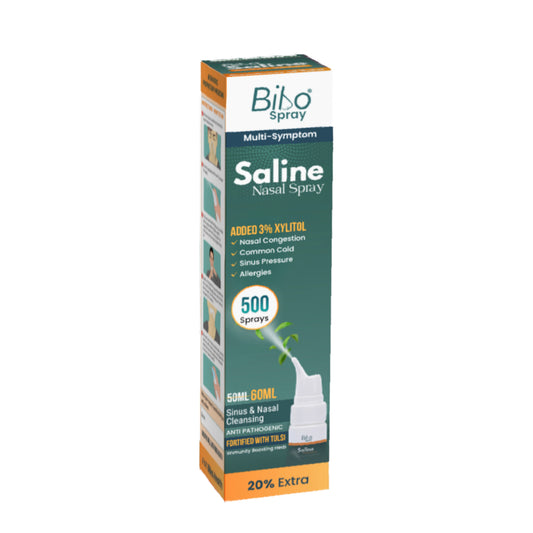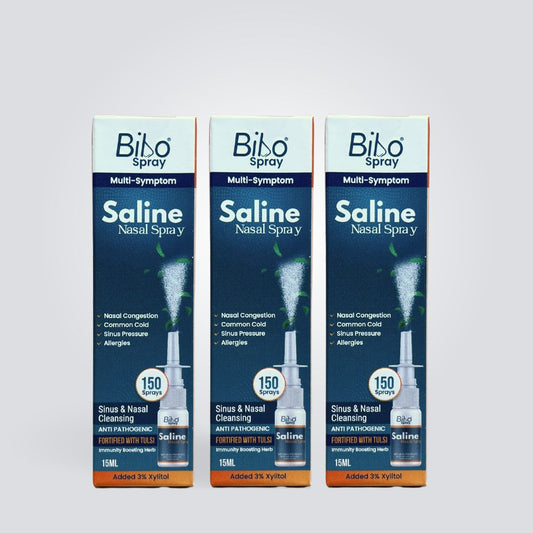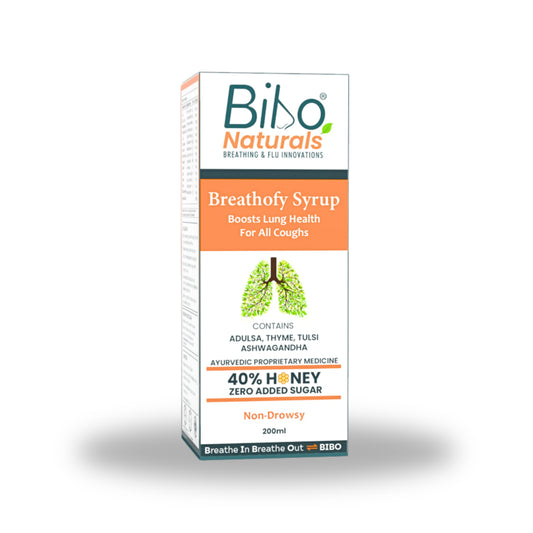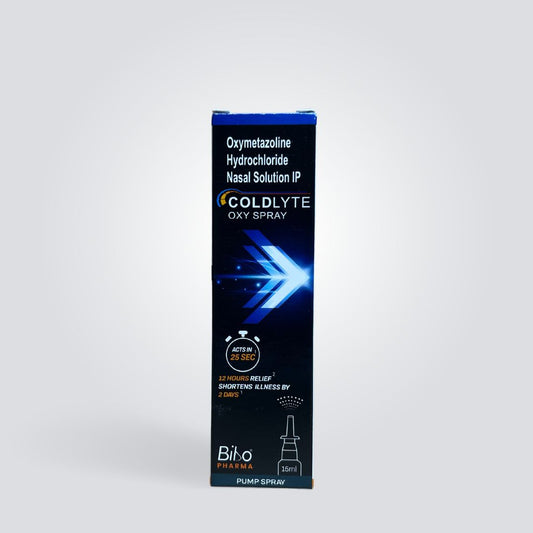Upper respiratory tract infections like common cold, sore throat, and cough are common among all age groups. These infections show a wide range of symptoms such as sneezing, blocked or runny nose, nasal and chest congestion, post-nasal drip (discharge of mucus at the back of the throat), dry or wet cough, sore throat, etc., which may further lead to fever and body pain.
There is no single agent that can act on all these symptoms. A person may need to rely on multiple medicines (such as an analgesic, fever-reducer, antihistamine and nasal decongestant), which may reduce compliance and the chances to forget a medicine are more likely, which may delay the recovery of a person. Multiple medicines may also increase the cost.
Common colds and flu can affect any age group, especially infants, children, people prone to allergens and people with a weak immune system. However, weather changes may also play an important role. The younger ones may not co-operate to take medicines. Hence, a combination of medicines may help improve the recovery in children.
Role of individual medicine:
- An analgesic is a medicine that reduces all types of pain, such as muscle, joint and body pain.
- An antipyretic agent is a medicine used to reduce fever.
- An antihistamine blocks the effects of histamine (released during an allergic reaction), which helps to reduce symptoms such as sneezing, itching in the nose and mouth, rashes, red and watery eyes and blocked nose.
- A nasal decongestant helps to open the blocked nose and reduce congestion in the nasal and sinus area.
Benefits of taking a combination medicine over the individual ones
- Taking a combination of these medicines (i.e. analgesic, fever-reducer, antihistamine and nasal decongestant) may help improve the compliance of a person.
- The burden of multiple medicines is reduced.
- A single medicine can be used to deal with multiple symptoms.
- It shows a synergistic effect.
- It is a pocket-friendly approach.
- Fewer chances of side effects when compared to mono-therapy (taking single medicine).
- Faster relief and recovery.
Safe and effective:
Studies have shown that a combination of Paracetamol, Chlorpheniramine maleate, and Phenylephrine hydrochloride is safe to use, as these medicines do not interact or interfere with each other. Also, when these medicines are used in combination, they are equally beneficial as when used as single drugs.
However, one should always follow the instructions given by the doctor on the dose and frequency of these medicines. You should not take more than the recommended dose and frequency as it may increase the risk of side effects.
How do these medicines work?
Paracetamol is an analgesic (reduces pain) and antipyretic (reduces fever). It inhibits the synthesis of prostaglandins (the chemicals responsible for pain). It directly acts on the heat-regulating centre (hypothalamus in the brain) to reduce pain and fever by producing sweat and removing body heat.
Phenylephrine is a nasal decongestant. It activates the receptors in the blood vessels of the nose that causes constriction (shrinking) of the blood vessels. The constricted blood vessels cause decreased inflammation or swelling (by shrinking the inflamed tissues) and increase the mucosal discharge from the sinus cavity.
Chlorpheniramine maleate is an anti-allergic (anti-histaminic). When an allergen enters the body by the nose, the body releases a chemical substance called histamine that tries to get rid of the allergen by various actions such as sneezing, coughing, producing extra mucus, etc.
Chlorpheniramine maleate binds and blocks the action of histamine, which eventually leads to temporary relief from these effects of histamine.
Different formulations available
For adults: a tablet containing paracetamol 500mg, phenylephrine hydrochloride 10mg and chlorpheniramine maleate 2mg.
For children: syrup containing paracetamol 125mg, phenylephrine hydrochloride 5mg, chlorpheniramine maleate 1mg.
Is this combination safe for everyone?
This combination is generally safe for all age groups above 2 years. Paracetamol is the first line of choice for acute and chronic pain. However, some people may be allergic to paracetamol, chlorpheniramine maleate or phenylephrine hydrochloride. Such people should not use this medicine. Also, paracetamol may not be advised for people with liver diseases. Hence it is always better to talk to your doctor before taking any medicine.
A combination of these medicines may cause sedation; hence people should not drive, operate heavy machinery or perform activities that may require mental alertness. Also, people should avoid alcohol consumption when taking a combination of these medicines as it may increase the severity of side effects such as drowsiness and sedation.
How BIBO helps!
Coldlyte Pro Tabs is a combination medicine that helps to reduce the symptoms of cold such as runny nose, blocked or stuffy nose, sneezing, and red, itchy, & watery eyes and get down your fever. It contains paracetamol, phenylephrine hydrochloride and chlorpheniramine maleate.
Reference:
- de Oliveira GG, Feitosa A, Loureiro K, Fernandes AR, Souto EB, Severino P. Compatibility study of paracetamol, chlorpheniramine maleate and phenylephrine hydrochloride in physical mixtures. Saudi Pharm J. 2017 Jan;25(1):99-103. doi: 10.1016/j.jsps.2016.05.001. Epub 2016 May 7. PMID: 28223869; PMCID: PMC5310159.
- Kiran M, Vakharia PM, Pawaskar JL, Sheikh NS. Efficacy and safety of a fixed dose combination of paracetamol, chlorpheniramine maleate and phenylephrine in treatment of common cold: a phase IV, open-labelled, multi-centric study. International Journal of Basic & Clinical Pharmacology. 2018;8(1)




